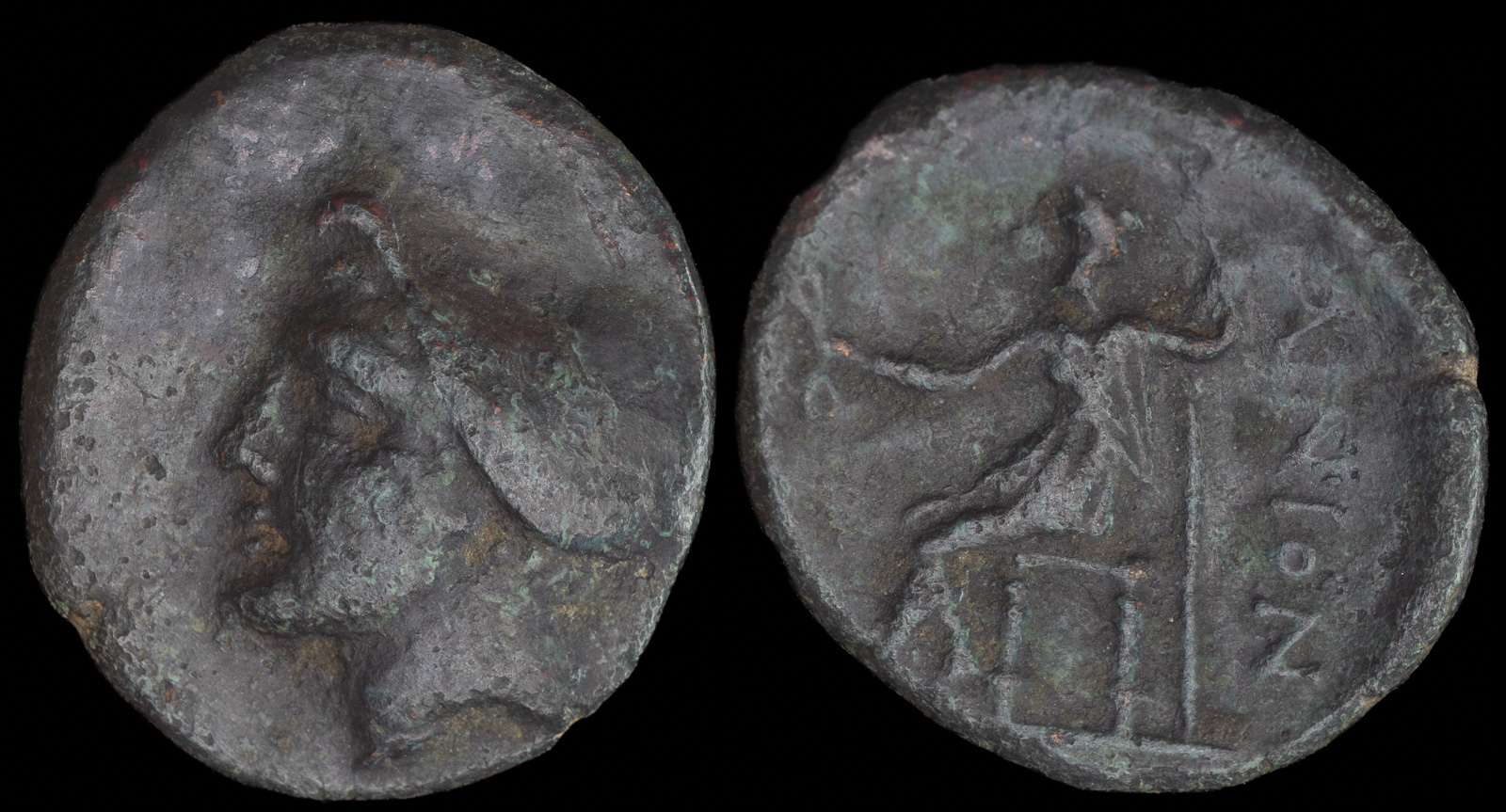Sceptre
View All Tags
In ancient Greece, sceptres were commonly depicted in the hands of gods and heroes, such as Zeus, the king of the gods, who was often portrayed holding a sceptre to demonstrate his supreme power over the heavens and earth. Similarly, Greek kings and aristocrats were often depicted holding sceptres as a sign of their leadership and governance. For example, on many coinages, rulers would be shown holding a sceptre to reinforce their role as protectors and rulers of their city-states. The sceptre in these depictions symbolized not only political power but also the divine favor believed to be necessary for a ruler’s success.
In Rome, the sceptre became an even more prominent symbol, particularly as the Roman Empire transitioned from a republic to a monarchy. Roman emperors were frequently depicted with sceptres in imperial imagery, such as statues, coins, and reliefs, where the sceptre signified their authority to rule the vast empire. For instance, emperors like Augustus and Constantine I were often portrayed with a sceptre in their hand, signaling their role as both political leaders and defenders of the Roman state. The sceptre was sometimes shown alongside other symbols of power, such as the orb, the laurel wreath, or the sword, to further emphasize the emperor’s dominion.
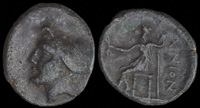
Ainos, Thrace after 323 BCE
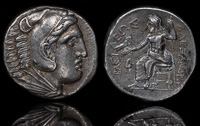
Alexander IV/Antipater 323-317 BCE
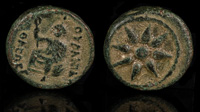
Alexarchos 300 BCE
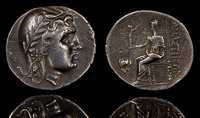
Amastris 285-250 BCE
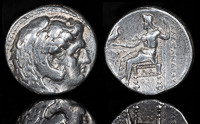
Antigenes 322-320 BCE
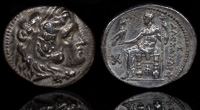
Antigonos Monophthalmos 305-300 BCE
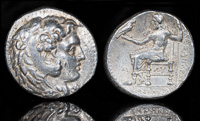
Archon or Dokimos 323-317 BCE
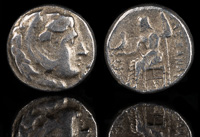
Aspesias 316-311 BCE
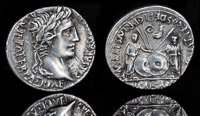
Augustus 27 BCE – 14 CE
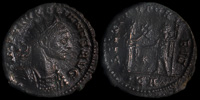
Aurelian 270-275 CE
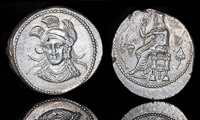
Balakros 333-323 BCE
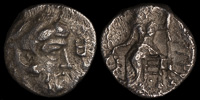
Bambye-Manbog 330 BCE
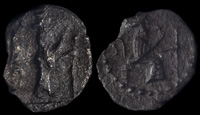
Bedyehibel 375-333 BCE

Cadi, Phrygia 41-54 CE

Claudius 41-54 CE
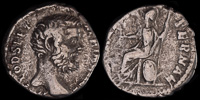
Clodius Albinus 193-195 CE

Constantius Chlorus 293-305 CE
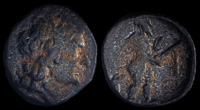
Corinth 248-243 BCE
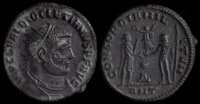
Diocletian 284-305 CE
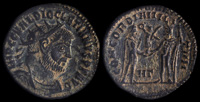
Diocletian 284-305 CE
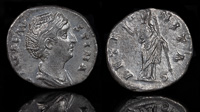
Faustina I 140-141 CE
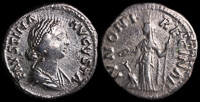
Faustina the Younger 147-175 CE
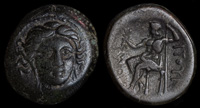
Gomphoi-Philippopolis 4th-3rd cent BCE
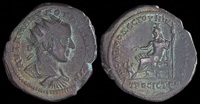
Gordian III 238-244 CE
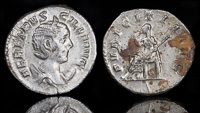
Herennia Etruscilla 250 CE

Hierapolis-Kastabala, Kilikia 2nd-1st centuries BCE
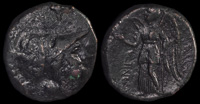
Hipponion, Bruttium 3rd century BCE
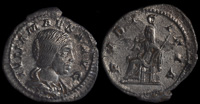
Julia Maesa 218-220 CE

Julia Mamaea 225-235 CE

Julia Soaemias 218-222 CE
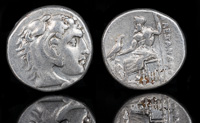
Kalas/Demarchos 325-323 BCE

Kamnaskires III w Anzaze 80/79 BCE
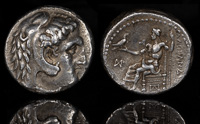
Koinos 324/323 BCE
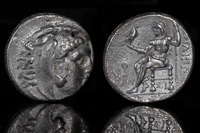
Laomedon 319/318 BCE
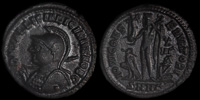
Licinius II 321-324 CE

Magnesia ad Sipylos 2nd-1st centuries BCE

Magnesia ad Sipylum, Lydia 2nd-1st century BCE
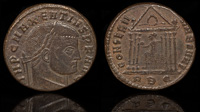
Maxentius 308-310 CE
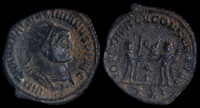
Maximianus 285-295 CE
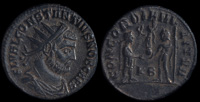
Maximianus Herculius 286-305 CE
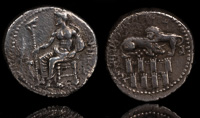
Mazaios 361-334 BCE

Memphis, Egypt 323/2 BCE
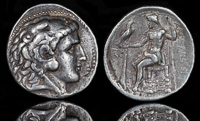
Menelaus 315-306 BCE
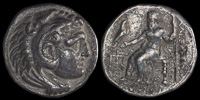
Nikokles of Paphos 325-317 BCE

Nikomedes II 110/9 BCE

Nikomedes IV 92/91 BCE
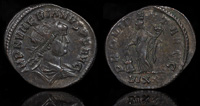
Numerian 283-284 CE
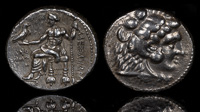
Perdikkas 321/320 BCE
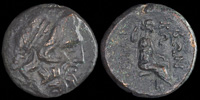
Perrhaebi, Thessaly 300-200 BCE
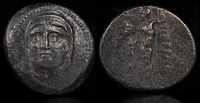
Perrhaiboi, Thessaly 400-344 BCE
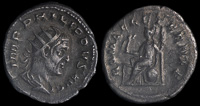
Philip I 247-249 CE
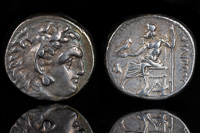
Philip III Arrhidaeos 331-321 BCE
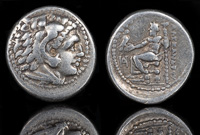
Philoxenos 325-323 BCE
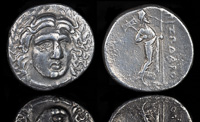
Pixodaros 341-335 BCE

Praisos, Crete 300-270 BCE
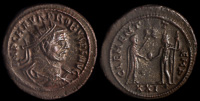
Probus 276-282 CE
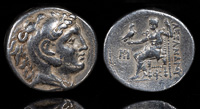
Ptolemy Keraunos 281-279 BCE
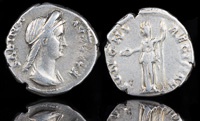
Sabina 133-135 CE
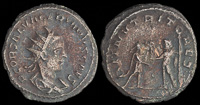
Saloninus 258-260 CE
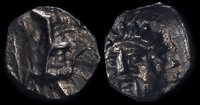
Samaria 375-333 BCE
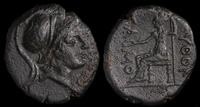
Samothrace 280 BCE
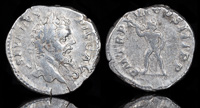
Septimius Severus 208 CE

Severina 275 CE

Stamenes/Archon 324/323 BCE
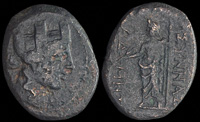
Synnada, Phrygia 2nd-1st centuries BCE
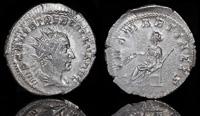
Trebonianus Gallus 251-253 CE
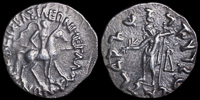
Vonones 85-60 BCE
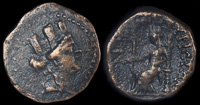
Zephyrion, Cilicia 100-0 BCE
